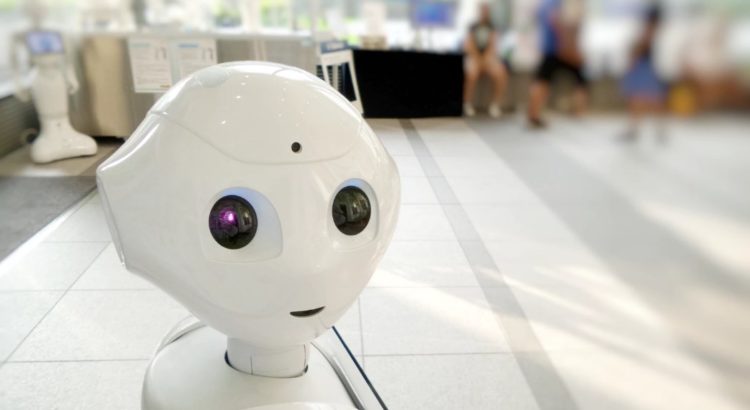Information technology is frequently evolving, discovering new dimensions and creating countless business & career opportunities in IT. Bill Gates saw it in the scope of business scenarios saying-Information technology and business are becoming inextricably interwoven. I don’t think anybody can talk meaningfully about one without the talking about the other.
His saying is proven right today. These new trends in the information technology are evidences of this fact:
Real-Time Responses via Bots:
Now, talking to a virtual assistant (chat bot) will feel more natural and instinctive. Microsoft and Google, for example, have integrated semantic approach to natural language processing. Now, bots can rummage old memories. Earlier, a slight turn in between conversation would create a dot. The bots would lose their track. Consequently, the user on the other end would lead to a wrong direction. The bots, as being disturbed due to multi-dimensional questions, would trap in confusion. The odd turns will create a vacuum, feeding inaccurate information.
Now, the artificial intelligence is exaggerated to such extent that you don’t need to say “Hey Google” or “Ok Google” every time to command, for example. The machine learning has trained them to filter through the previous talks or messages automatically. Thereby, tapping the context for them has become a piece of pie.
More Accurate Geo-Directions: The navigation in the real time no more depends on uncertainty. The upgraded version of Google Maps offers more personalised directions and suggestions for local places. This probability is turned into the possibility by combining Android and iOS camera, computer vision technology and street views. You will get through street view, which lets you identify buildings, and even riding cars by pointing at the object. The augmented reality can let you figure out directions, such as natural use case.
AI-Powered Photos: Photos create the memory. What if those photos lose their clarity? Let’s say, you want to integrate the image of a cancelled cheque for a transaction. The lens was foggy. Consequently, the click looked blurred. Will you be able to upload it?
Certainly, the transaction app will reject that image, as the bank will not be able to recognise its details. The integration of AI has transformed opacity to transparency. Google, for example, has infused its Photos app with artificial intelligence to edit and make images look more subtle. The AI power can attach fixing tools, such as B&W photo colourisation, brightness corrections or adding pops of colours. Besides, some quick fixes and tweak, such as rotations and brightness correction, will serve a lot of visual content.
AI-Driven Feeds: Do you like to get informed?
Facebook, being an active News Feeder, leverage AI to cater what the users care about. Likewise, Google has a digital magazine app, Newsstand and YouTube in the pipeline to distribute a holistic version of a story. It intends to enrich people with the full coverage and newscasts. The world is in the urgent need of real stories that carry authentic elements.
But, the biggest nightmare is security breaching of data subjects. Today, Facebook has over 2.39 million active users. But, it ended up sharing their personal data with data farms, wherein data subjects are churned and assessed to fulfill political intentions. It contributed to manipulate referendum through the unprecedented power of data-driven decisions.
The global community is now looking up the alternative that could cease that exploitation and offer better stories, which have the truth inside.
Machine Learning Tools: Machine learning is in. The data automatically learn and improve from not being programmed. Its penetration in the software proved a breakthrough. Now, data mining to spot untapped patterns seems an effortless job with it. Data scientists have evolved ways to exploit software and apps data for accurately drawing consumer behavior, intensions, preferences and a lot more.
The embedding of machine learning kit enables software developers to evolve the functionality for supporting biometrics, text recognition, barcode scanning, image labeling and landmark recognition. Its pre-built library assists in developing the system that requires expertise in ML and analysis. This is how figuring out interest use cases for the ML tool fit software becomes easy.


